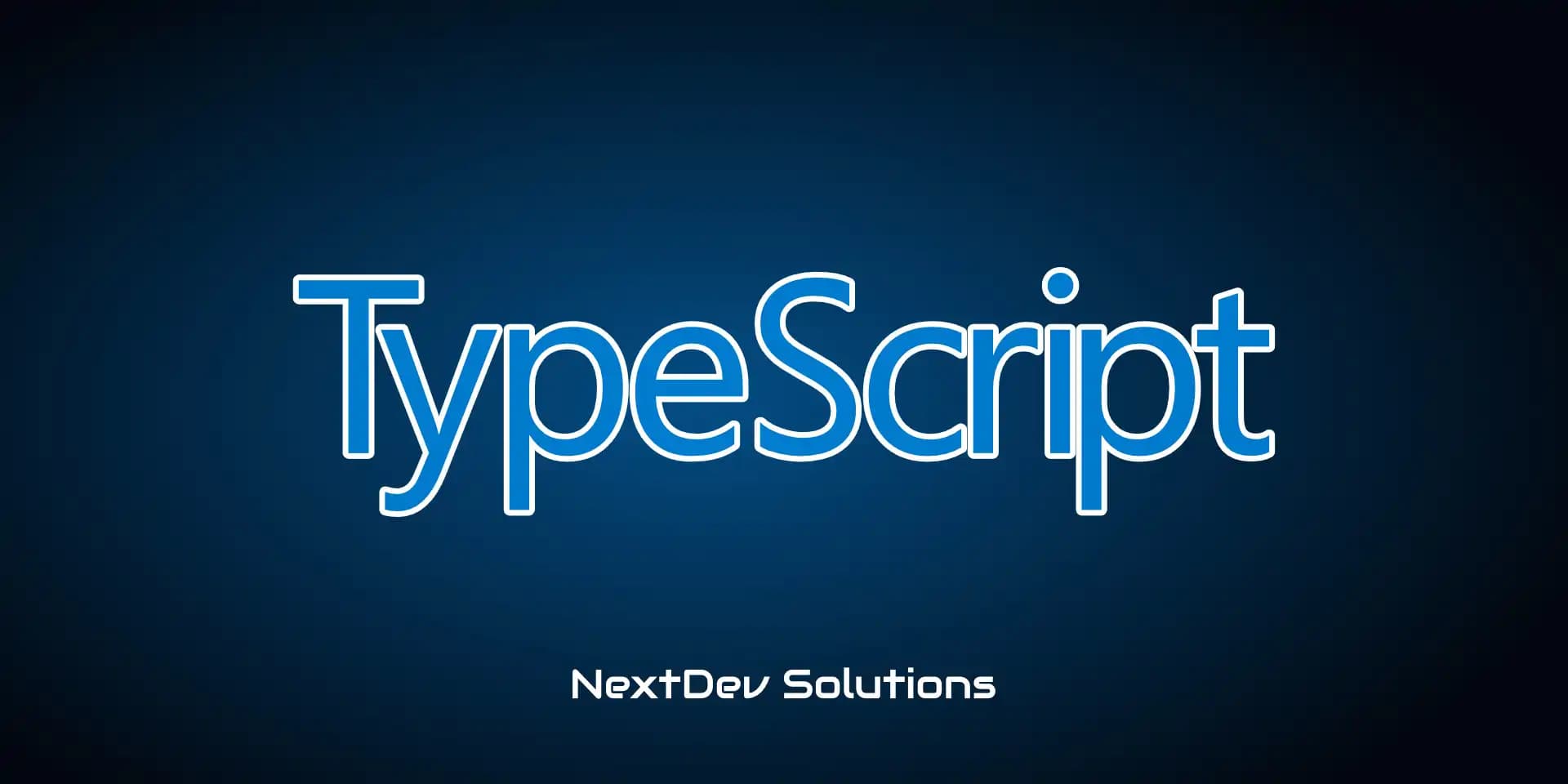
Embracing TypeScript: A Modern Take on JavaScript
In the ever-evolving landscape of web development, TypeScript has emerged as a powerful tool for developers looking to enhance their JavaScript code. By addressing some of the key shortcomings of JavaScript, TypeScript offers a range of benefits that make it a valuable addition to any developer's toolkit. Let's explore what TypeScript is, its advantages and drawbacks, and how you can get started with your first TypeScript program.
What is TypeScript?
TypeScript is a programming language developed by Microsoft to extend the capabilities of JavaScript. It introduces static typing to JavaScript, which helps catch errors at compile time rather than at runtime. Essentially, TypeScript builds on JavaScript, meaning every JavaScript file is also a valid TypeScript file. This makes the transition to TypeScript smooth for developers already familiar with JavaScript. In essence, TypeScript is JavaScript with type checking. It enhances the developer experience by providing tools that help write more robust, maintainable code.
Benefits of TypeScript
Static Typing: TypeScript’s static type system allows developers to define types for variables, function parameters, and return values. This helps catch type-related errors during the development phase, making the code more reliable and easier to debug. Code Completion: TypeScript’s type information allows editors and IDEs to provide better code completion and more intelligent refactoring capabilities. This improves productivity and reduces the likelihood of errors. Refactoring: The strong type system and integrated development environment (IDE) support make refactoring easier and safer. Developers can confidently rename variables, extract methods, and reorganize code knowing that the type system will catch any inconsistencies. Shorthand Notation: TypeScript often provides more concise syntax for common operations, making the code cleaner and easier to read.
Drawbacks of TypeScript
Compilation: Unlike JavaScript, TypeScript needs to be compiled. This adds an extra step in the development process, which can be seen as a drawback for some developers. However, modern build tools and editors streamline this process significantly. Discipline in Code: TypeScript requires a bit more discipline in writing code. Developers need to define types and follow strict typing rules, which can be a hurdle for those accustomed to the more flexible nature of JavaScript.
Setting Up the Development Environment
To start using TypeScript, you need to set up your development environment. Here’s how you can do it: Install TypeScript: First, you need to install TypeScript globally on your system using npm (Node Package Manager). Open your terminal and run the following command:
1npm i -g typescript
Verify Installation: Once installed, you can verify the installation by checking the TypeScript compiler (tsc) version:
1tsc -v
Your First TypeScript Program
Now that you have TypeScript set up, let's create and run a simple TypeScript program. Create a File: Create a new file named index.ts and open it in your preferred code editor. Write Code: Add the following code to the file:
1console.log('Hello World');
Compile and Run: Open your terminal, navigate to the directory containing index.ts, and run the TypeScript compiler:
1tsc index.ts
This will compile the TypeScript file to a JavaScript file (index.js). If there are type errors, they will be displayed in the terminal, helping you identify and fix issues before running the code. By using TypeScript, you can catch errors early in the development process, write more maintainable code, and take advantage of powerful editor features that streamline development. While there is a learning curve and some additional setup involved, the benefits of TypeScript make it a worthwhile investment for modern web development.
